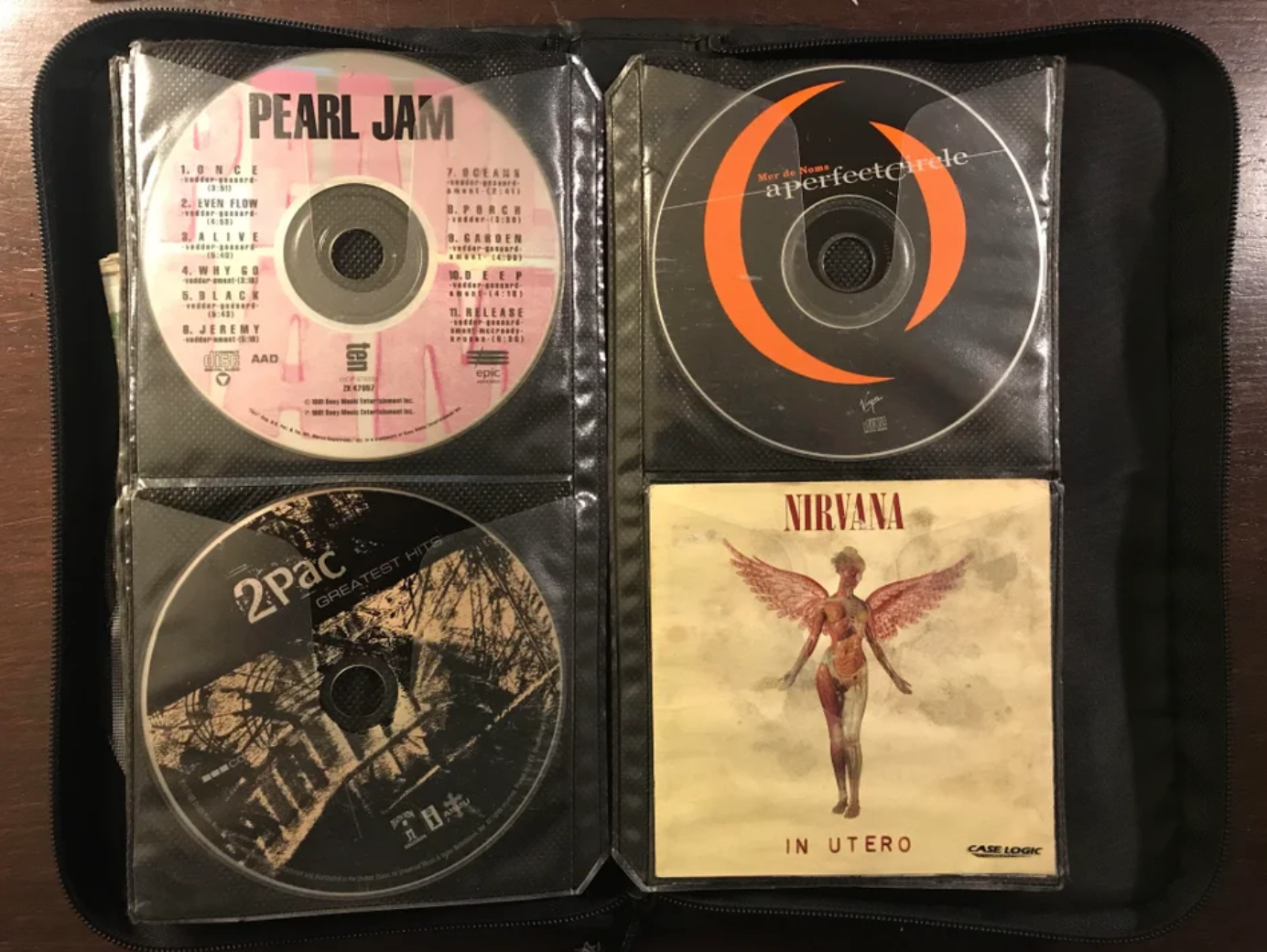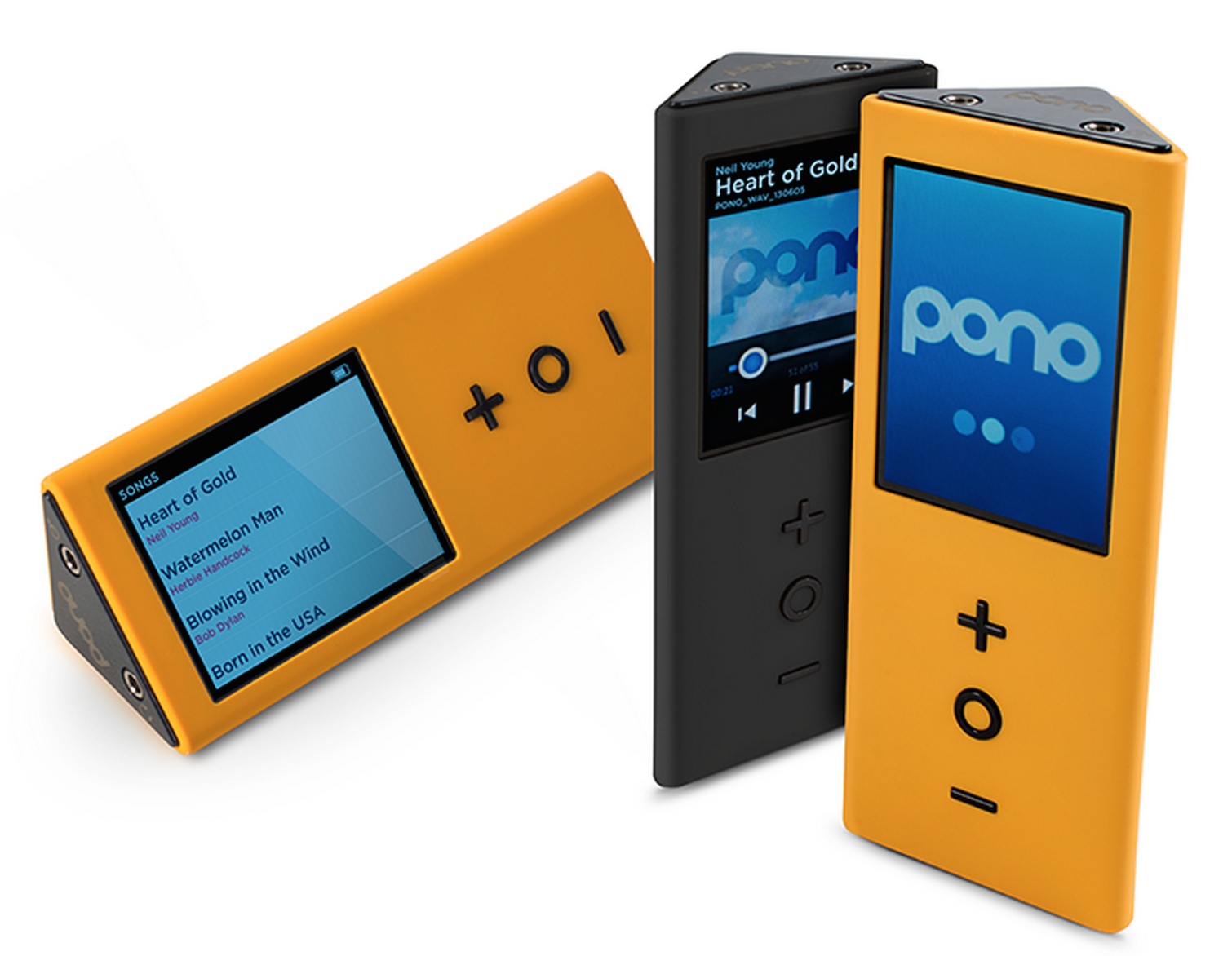An Ode to the CD
Gilad Edelman, senior writer at WIRED recently published a poetic ode to the forgotten and oft-maligned compact disc. We’re talking about CDs (for you young folks). Intrigued by this article, we felt compelled to respond.
A guest post by DRE DIMURA of SoundFly.
The legacy of the compact disc format is undeniable. Music industry revenue peaked in 2000, with the compact disc at its absolute summit. CDs alone accounted for 95.5% of the music industry’s $28.9 billion (with a “B”) sales figures. This statistic is staggering.
Edelman’s primary argument for the CD revolves around the manner of how we consume music. Active consumption, as opposed to championing the format itself.
There was something uniquely exciting about buying CDs. And despite their cost, I never felt wasted after saving up my allowance to visit Sam Goody as a kid and buy a new one.

There was a real attachment, and a lot of thought that went into making that purchase. After all, you were spending what now amounts to a month’s streaming budget on just 10 songs. While I certainly did skip around, I learned to love (or hate) those songs inside and out. I can still sing every word of Avril Lavigne’s Let Go, and the songs I used to skip over are the ones I like best today.
When CDs reigned, music was still an active endeavor, as opposed to a passive, hyper convenient well of infinity. I’m not saying music can’t still be appreciated as art, but streaming has certainly led to content detachment. I remember coming back from the music store, tearing at the plastic before I got out of the car, lying belly down in-front of the boombox and snapping the disc into place; pressing play and salivating with anticipation, following along to every track title and lyric as I thumbed through the liner notes and turned the case over in my hands.
I like streaming, a lot; but I haven’t felt that way in a long time.
The feeling of popping your favorite CD into a portable disc player and walking home from school with a serious attitude was unrivaled, as was bringing your collection (housed in a cheeky, zippered nylon case complete with oil and ink blot suspension) over to a friend’s house for musical “show and tell.”
Your collection and taste was an integral part of your identity, not internally, but externally. It wasn’t just T-shirts and band bracelets, you were literally carrying around a sort of self-effacing musical totem.

Contrary to what one may think, CDs did have the “quality market” cornered. CD quality never truly degraded, and while they were prone to scratching or skipping if you bumped the player too hard or got sloppy in your car, they couldn’t play out. Not to mention the fact that they packed high resolution digital audio files, files that would be a serious challenge to stream away from home without breaking the cold, dead heart of your mobile carrier.
Since the demise of physical formats and the rise of streaming, many companies have tried and failed to bring high-def streaming and media players to market. It seems that the public truly just doesn’t care. C’est la vie, let the consumer dictate market demand. I personally don’t think it matters, young people will still connect with artists and find songs that inspire them whether they’re .WAV files or .OGG files or .NAIL files (that’s a joke).

What CDs had in sound quality, their general packaging lacked in durability. The notorious plastic jewel cases that housed them were just awful. If the entire thing didn’t crack or snap in half at some point, one of the plastic hinges definitely did. You had to buy packs of empty cases from Staples or Office Depot all the time to rehome your collection, and forget about bringing them in the car.
One slip in a rush to school or work meant a shattered jewel case and an angry mom.

Gilad admits that vinyl has the nostalgia market cornered, and he’s not wrong. It’s hard to imagine a nostalgia market evolving around CDs. They’re so abundant, so dated in their conception and depiction in pop culture, literally made of plastic; the sugary topping for landfills the world ’round…
The resurgence of vinyl was helped along by an entire retrogressive cultural shift. Brooklyn, Portland, et. al., had become meccas for thrift stores, vintage shops and temples of repurposed style of yesteryear, from chunky plastic glasses and ’60s bohemian, to gilded age cocktails and turn of the century whiskers (don’t forget suspenders and feathered headpieces).
Sample culture in the hip-hop scene helped revitalize the crate-digging (and thus, new release publishing) nature of how artists can tie physical formats to their aesthetics in even greater ways

Vinyl was an integral part of my music discovery process, too, and while I definitely got a kick out of digging through the $0.99 cent bin at local record stores to grab half-playable copies of Benny Goodman records, Gilad isn’t wrong.
Vinyl, while certainly encompassing a palpable sonic charm, was always more than just music. It was an almost recondite, tactile experience. The fetishization of the past, our total obsession with nostalgia, seemed to vibrate between the grooves of every LP.
That said, old vinyl does kind of suck; albeit in the best possible way.
To speak to the clunkiness of physical storage formats (vinyl being the clunkiest); I feel compelled to share my feelings of general confusion surrounding the rejection of music streaming as a healthy step forward rather than a degradation of a once-celebrated artform.
It never ceases to bewilder me that a society so fixated on sustainability, environmental protections and general waste consciousness would ail against a (relatively) low carbon footprint solution to a big, big plastic pollution problem.
The amount of plastic junk (literally and figuratively) excreted to the earth via the music industry is unquantifiable, and while streaming and servers still use energy, one can’t argue that decentralized digital storage systems will ultimately be better for the environment we all care (or pretend to care when convenient) so much about.
For you nerds out there (here, here!) one hour of music streaming produces 55 grams of C02 equivalent, while CD production produces about 3x that.
Finally, while I agree with Edelman that a full-scale CD revival is ultimately unlikely,despite recent lamentations that it could already be happening, it would be fun to imagine what a CD nostalgia market would look like. I’m picturing a display of new pressings of “classic” Britney Spears and Radiohead with matching Sony portable disc players, complete with those clunky over ear plastic headphones that started hurting halfway through the second song.
One could picture a lifesize cardboard cutout of noughties-era Britney and Justin Timberlake sporting matching Canadian tuxedos with speech bubbles saying “Pop Back Into Y2K!”